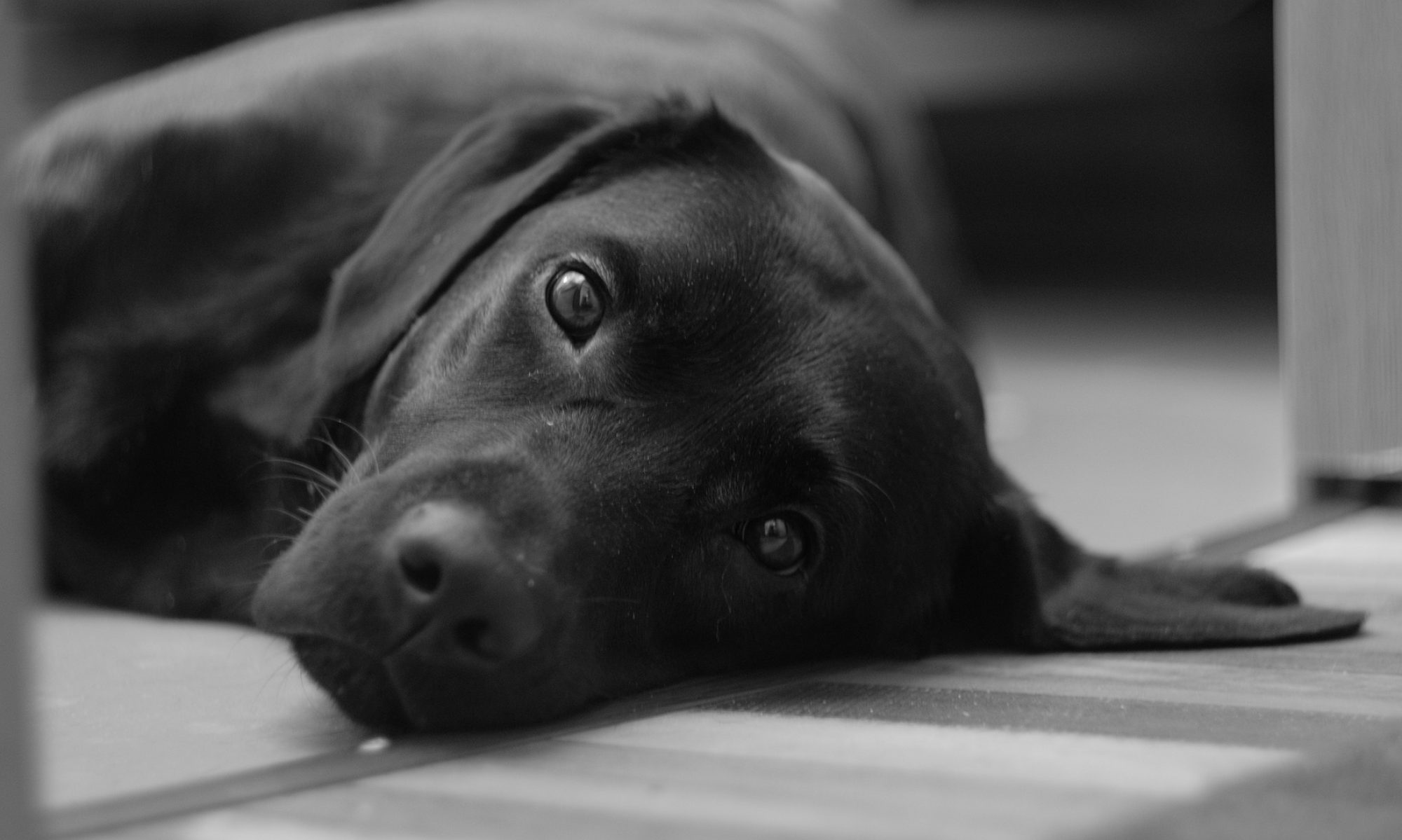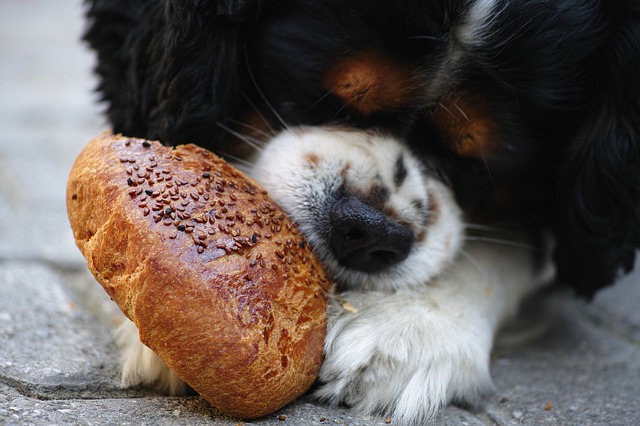What influences the condition of a dog’s coat? There are many factors that influence a dog’s coat. Below is a list of some of these factors:
• Genetically, a dog can inherit coat quality
• Diet
• Exercise
• Housing and bedding
• Grooming regime
All coats can be improved with effort and consideration of the dog’s individual needs.
Feeding
What you feed your dog does influence the quality of your dog’s coat. It is always advisable to listen to your breeder’s advice about feeding. A reputable breeder is careful to give new puppy owners a diet instruction sheet to follow through from puppy hood to adult age. Excellent breeders will support the new puppy owner and provide after-sales advice throughout the dog’s lifetime.
Continue reading “What Influences The Condition Of A Dog’s Coat?”


